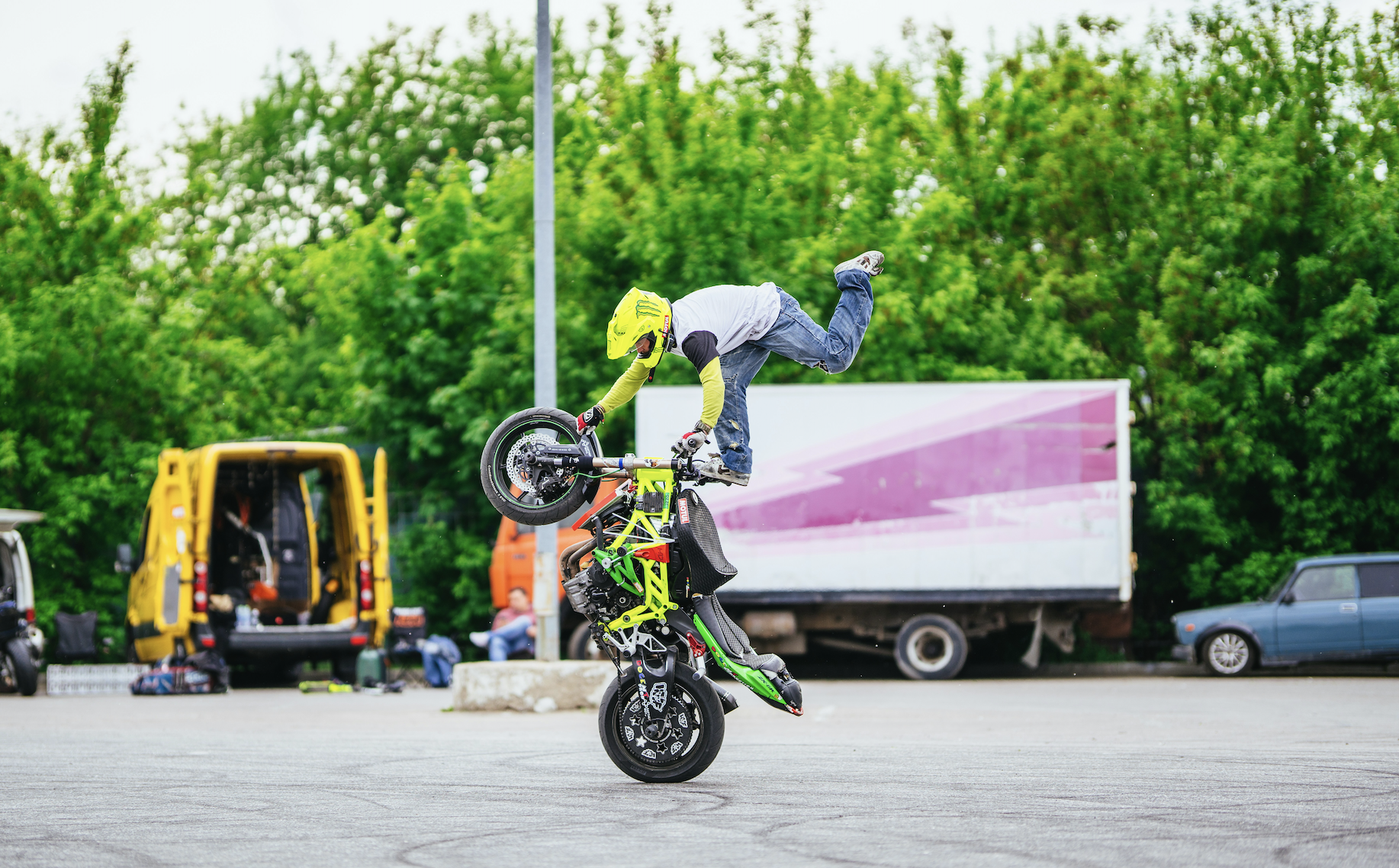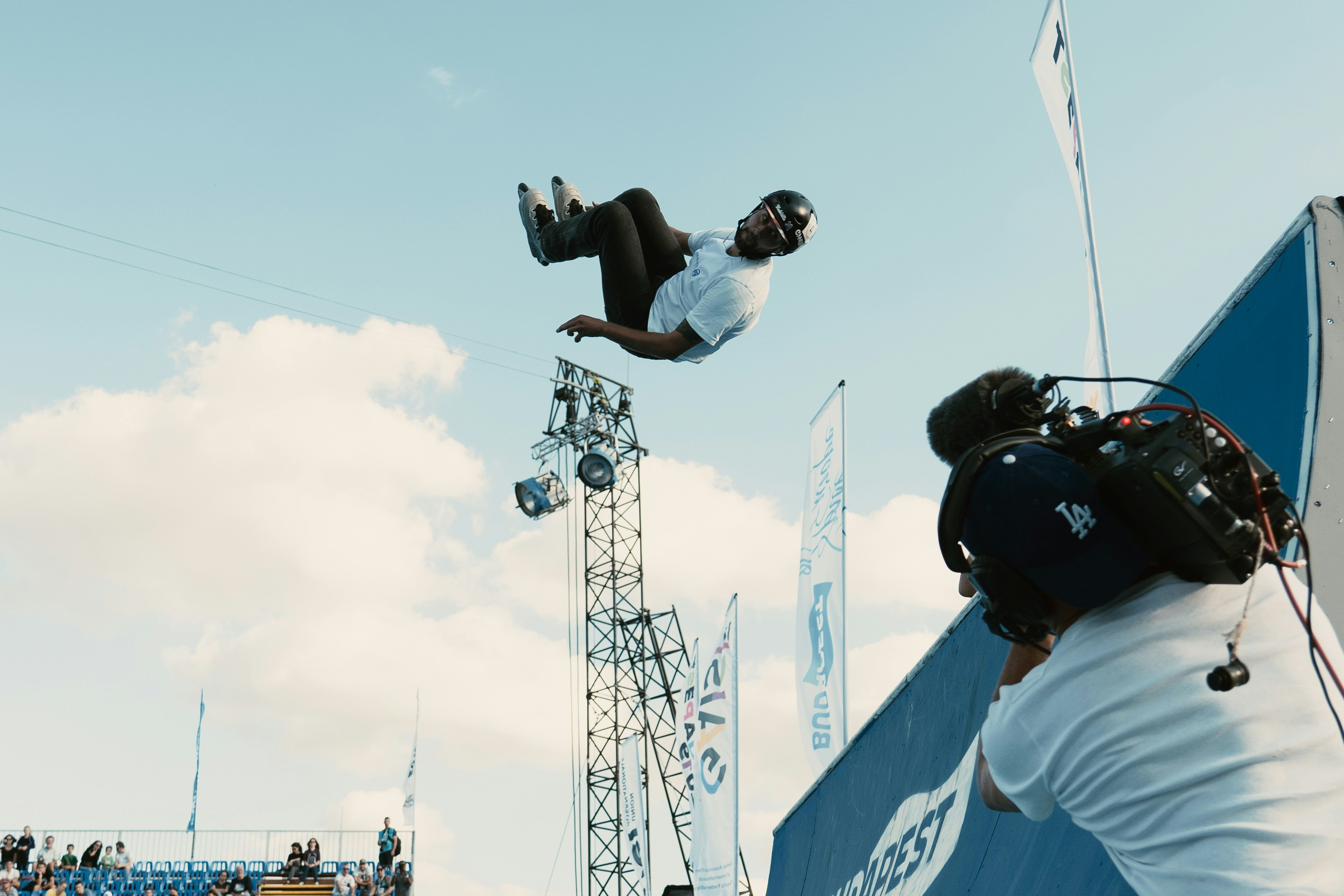
Harnesses and Rigging: Ensuring Safety in High Risk Stunts
Introduction
Pulling off breathtaking stunts that leave audiences in awe typically involves more than just skill and daring; it also requires the right safety equipment to ensure the well-being of the performers. Harnesses, helmets, and other forms of protective gear are essential tools that enable stunt artists to perform their feats with a high degree of precision and dependability. In this article, let’s explore the critical role of harnesses, rigging and safety equipment in stunt performances, emphasizing how these tools are vital for executing risky maneuvers safely and consistently. This deeper understanding will highlight their indispensable role in transforming hazardous stunts into repeatable, awe-inspiring performances.
Understanding Harnesses and Safety Equipment
Harnesses: Stunt performers depend heavily on harnesses to support their body weight during challenging feats and high falls. These harnesses are meticulously engineered to distribute impact forces across a larger area, reducing the concentrated pressure on any single point of the body. This critical design feature significantly diminishes the risk of injuries by ensuring that the shock from falls or sudden movements is absorbed more evenly. As essential pieces of equipment in the stunt industry, harnesses not only provide safety but also enhance the performer's ability to execute complex maneuvers with greater confidence and precision. This article will look into how harnesses are designed, their role in stunt safety, and the various ways they protect performers during the most daring of stunts.
Safety Gear: Rigging involves the meticulous arrangement of ropes, cables, and assorted tools designed to safely support the weight of performers during stunts. This system is crucial for creating dynamic scenes that require performers to hang, swing, or perform aerial maneuvers without risking their safety. The effective use of this safety gear allows performers to confidently recreate dramatic scenarios, ensuring that even the most thrilling stunts are performed under controlled and secure conditions. In this section, we will delve deeper into the various types of harnesses and safety equipment used in rigging, exploring how each piece contributes to the overall safety and success of stunt performances. This deeper look aims to highlight the sophistication and necessity of these tools in the world of stunt execution.
Full Body Harnesses: Amongst the array of harness options available, full body harnesses stand out as a popular choice for stunt work. These comprehensive harness systems offer support across the body encompassing areas such as the torso, legs and shoulders.
Safety Lines: In addition to primary rigging, safety lines act as critical backup mechanisms that provide an extra layer of security for performers. These lines are designed to prevent falls or loss of control during the execution of stunts, ensuring that performers remain safe even if the main support system fails. By serving as a fail-safe, safety lines allow stunt artists to push the boundaries of their performances without compromising their well-being. Safety lines should be valued for their importance in maintaining safety standards, and the peace of mind they offer both performers and directors during the filming of high-risk scenes. They play a vital role of safety mechanisms in the complex choreography of stunt work.
Aerial Rigging involves suspending performers in the air using ropes, cables or other gear. The significance of harnesses and rigging in stunts in any film or TV show, safety is paramount when it comes to stunt performers with harnesses - with rigging playing a role in reducing the risk of injuries. This allows performers to carry out risky stunts with confidence and precision. Repeatability is another aspect as stunts often require multiple takes to achieve the desired shot. Proper harness equipment and rigging allow the stunt performers to repeat stunts accurately and ensure consistency for the directors vision for each shot. Creativity flourishes with harnesses and rigging as they enable stunt performers to attempt maneuvers that would otherwise be impossible. This allows them to push the boundaries of creativity while adding excitement to their performances.
In applications, proper training remains essential for both performers and riggers to execute stunts safely and effectively. Adherence to Rigging safety protocols, which include equipment inspections and safety checks is crucial for maintaining a working environment. Effective communication between performers and riggers is vital for ensuring that stunts are carried out safely and precisely.
Looking ahead at the future of Harnesses and Rigging in Stunt Shows - technological advancements such as automation and remote controlled equipment are enhancing the safety and efficiency of harnesses and Rigging systems.
CGI Integration in Stunt Performance: The combination of harnesses and rigging with computer-generated imagery (CGI) has revolutionized the stunt industry, enabling performers to achieve feats that were once deemed impossible. This technological synergy allows for the creation of visually spectacular scenes that can be seamlessly integrated with live-action footage. By employing CGI, filmmakers can enhance or completely alter the physical realities in which stunts are performed, pushing the boundaries of creativity and spectacle. In this discussion, we'll delve into how CGI interacts with traditional stunt equipment like harnesses and rigging, the process of blending real and virtual elements, and the exciting possibilities this integration offers for future cinematic endeavors. This exploration will highlight the transformative impact of CGI on the art of stunt performance, providing a deeper understanding of its role in modern filmmaking.
Summary
In the entertainment industry, harnesses and rigging play a pivotal role in guaranteeing stunt safety and uniformity. Through the utilization of these tools, stunt professionals can execute daring maneuvers with confidence and precision, expanding the horizons of creativity within their performances. As technology progresses, harnesses and rigging will remain integral components, empowering performers to accomplish feats previously thought impossible.

















